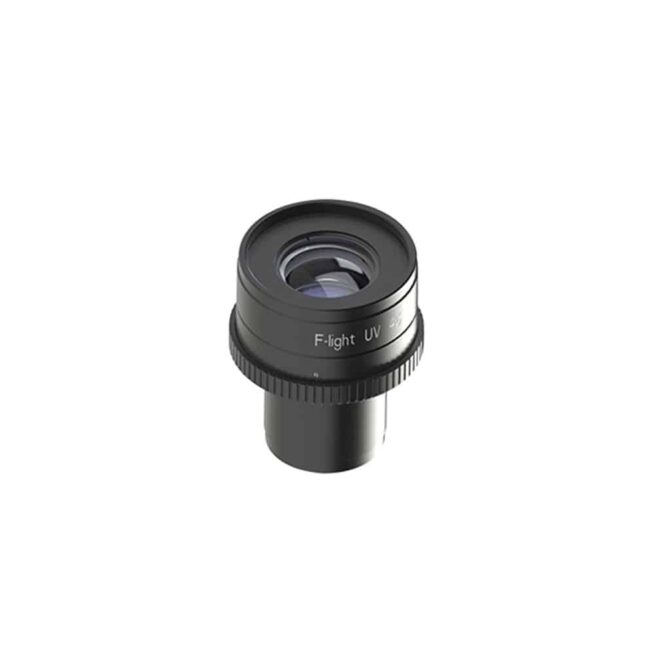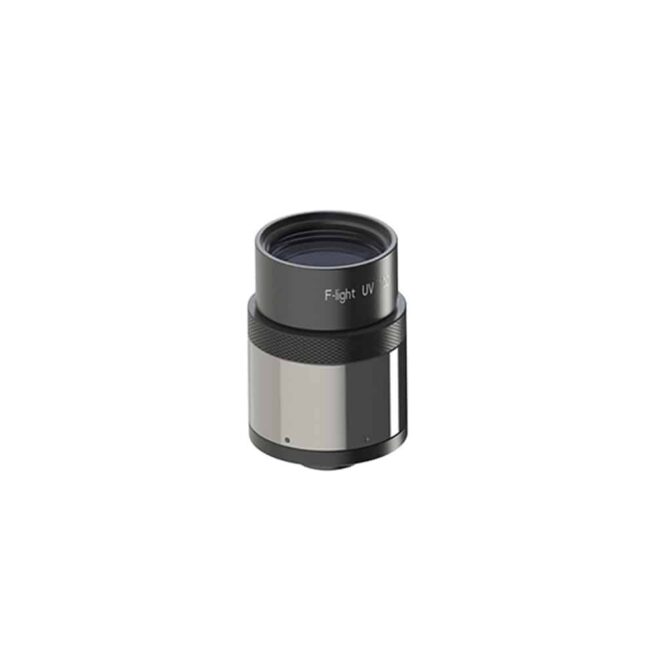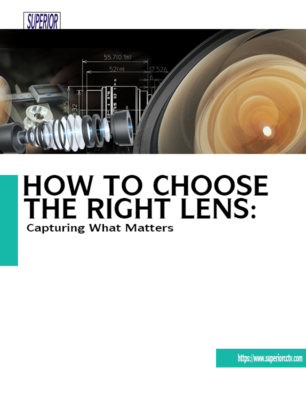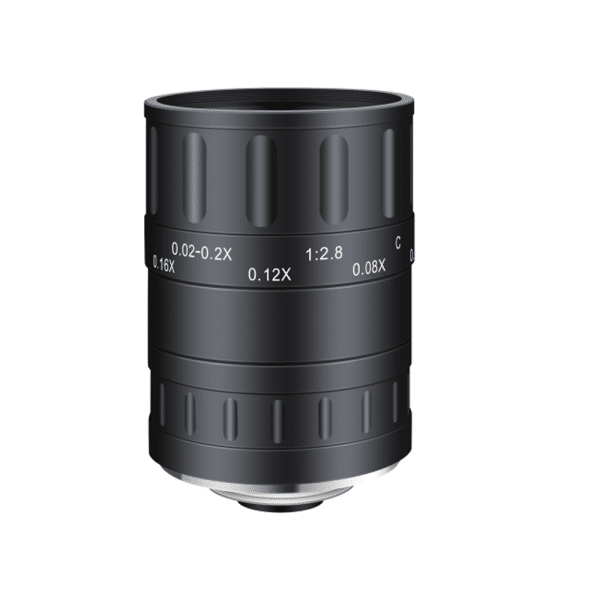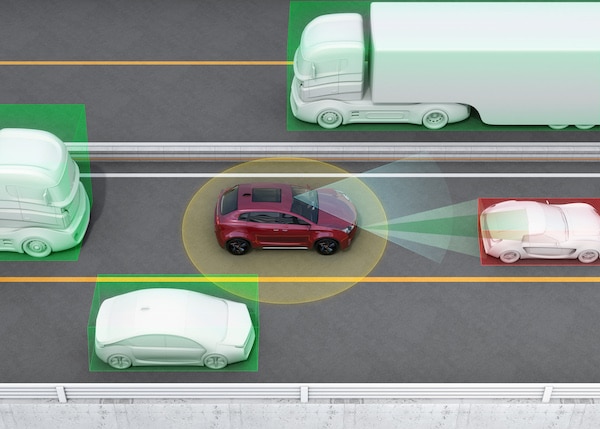What Are the Specifications of a UV Camera Lens?
SUPERIOR® Optics’ line of UV camera Lens is designed for imaging in the deep UV spectrum. UV lenses are optimized for the 250 nm wavelength.
Available from stock in 6, 9, 12, 16, 25, 35, 50, 60, 78, and 105mm focal lengths, these ultraviolet lenses are well suited to forensic investigation and other UV and infrared imaging applications.
What is the Use of UV Camera Lens?
UV Camera Lens operates by focusing on laser application, spectrum, and collimation. These lenses have both single and multiple aspects. They enhance the performance while using ultraviolet light. Superior Optics has a range in the deep UV spectrum.
How Does a UV Camera Lens Work?
UV Camera Lens has amazing anti-reflection coatings. It also combines performance and operation. Many optical lenses perform well in the ultraviolet. It has great performance in the sunlight and infrared spectra.
These lenses focus on light and a single part of a big array.
Superior Optics convex lenses work well on light, and concave lenses shed the light from the source.
The focal length of any lens is dictated by its diameter, the radius of curvature, and the refractive index of the material.
They work on high-refractive-index or high-index flint glasses. It allows a lens to get a focal length with a smaller diameter than the same lens made with a material with a low refractive index.
What Are the Different Materials Used to Manufacture UV Camera Lens?
Different materials transmit at different wavelengths. UV Camera Lens are fixed lenses and work great with many applications. It includes surface inspection, fiber optics, quality control, or locating oil and leakage.
Other applications include fluorescence, security, or counterfeit detection.
Ultraviolet Light Lenses are not corrected for chromatic aberration and require refocusing when using an illumination source with a spectral bandwidth greater than 10 nm.
Why Are UV Camera Lens Recommended to Use to Capture Quality Pictures?
A monochromatic light source enhances the lens’s performance. It has a removable C-mount adapter that enables it to use M42 x 0.75 (T2) mounts.
UV light is well-known for its properties, which make it an extremely powerful tool in forensics. This is because it causes many substances to fluoresce. Reflected-UV imaging can reveal hidden evidence.
It does this for several reasons:
Absorption: UV light absorbs organic materials and reflects on materials like stone and metal.
Lack of penetration: UV light does not work well when thin layers of materials reflect. This makes surface topology more apparent since, normally, a translucent surface appears opaque.
The high energy of the UV photons makes them interact strongly with the electrons in atoms and molecules. Many materials look very dark when captured with UV light.
Highly scattered UV waves: UV light has waves. They are short and scattered to give smooth surfaces visible or near-IR light.
Scratches and dirt are irritating. Superior Optics uses UV imaging to check lens surfaces.
Some of the texture imaging can be accomplished by raking-illuminated visible-light photography, though the UV camera lens has advantages over raking light.
Applications include electronics, optics, medical, and precision industrial applications.
